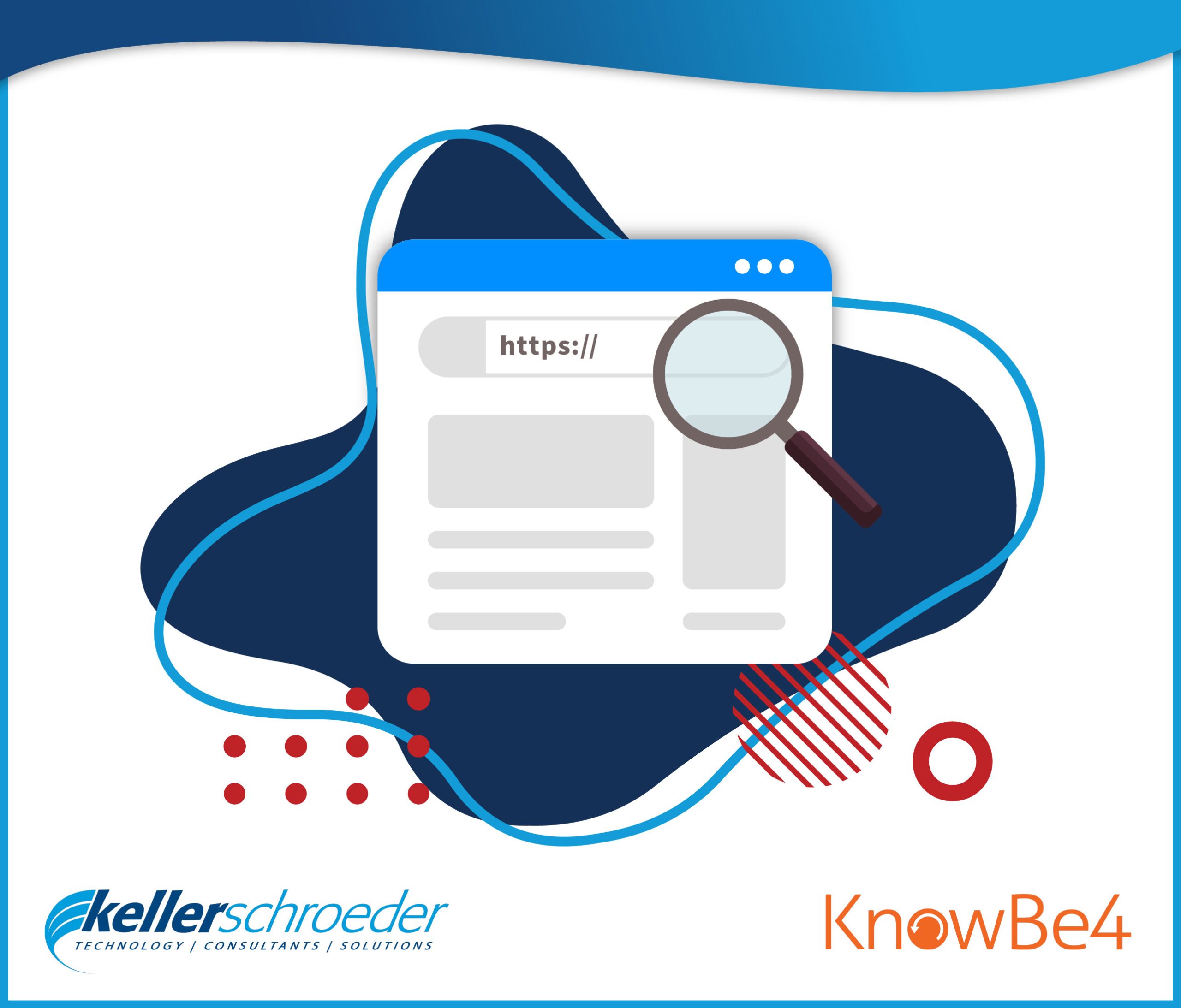Joe Dunn, Senior DBA and Senior Data Engineer for Keller Schroeder explores the rapidly changing DBA Services environment and discusses the impact of many of the newer technologies on that landscape for the DBA professional.
In recent years the IT landscape has undergone a dramatic transformation with the advent of cloud computing. This shift has not spared the Database Administrator (DBA), whose role has evolved significantly. Particularly within the Microsoft stack, the DBA’s responsibilities have expanded exponentially, necessitating a diverse set of skills. Azure cloud brings a new facet of database infrastructure founded on multiple billing processes, pay as you go service costs, a new cloud management studio, and an explosion of analytical tools including PowerBI, Azure Data Factory, Synapse, Databricks and more. Sure, DBAs don’t normally produce the analytics, but they definitely receive requests to prepare, transform, and deliver the datasets driving those assets.

New database infrastructure in the Azure cloud includes Azure SQL databases, SQL Managed Instances, and SQL-VM instances. That’s a lot of technical configurations for DBAs and Chief Data Officers to understand and differentiate. Above all, the cloud has brought a new facet to the DBA which he really didn’t get involved with previously – Cost! Before cloud data infrastructure, the financial team worried about the bottom-line licensing cost and DBAs selected their tools based on performance and capability and would sort out the version demands as well as the choice between user counts and CPU counts. DBAs would have a look at the Microsoft licensing forms and if you were close to completing your data environment cost budget. Today, DBAs keep up with all the standard on-premise options as well as cloud infrastructure costs, differentials between IAAS and PAAS offerings, storage options and addon features such as Migration Services, Sync Services, Data Factory, Cosmos, etc…the list of Microsoft offerings is endless. These paradigm shifts are so significant they have altered job recruiting for DBAs with a clear division between the skills of a traditional on-prem DBA and those with cloud experience.
Performance tuning used to be one of the toughest challenges for DBAs in a large, fast-paced, enterprise level environment. But tides are shifting now. Skill sets are shifting along with the Azure cloud trends. And, as price competition heats up we are encountering some big market players like AWS cloud services, Google Cloud Platform and Big Query, Salesforce, IBM Cloud, Oracle Cloud, etc. This means more technology alternatives exist that the modern DBA must grasp and understand, on a high level at a minimum. Traditionally, the first and paramount responsibility of a DBA was database backups and backup file security. Supplemental responsibilities include maintaining databases and database servers, resolving performance issues, user access management, data migration and delivery, index maintenance, maintenance jobs, etc. Cloud services, analytics and emerging technologies have now muddied the waters for DBAs wrestling to maintain control of their data environments, but rising to the task database administration has transformed into a more dynamic and multi-faceted profession that requires a combination of technical expertise, problem-solving skills, and a deep understanding of business needs. (Hill 2024)
“More technology alternatives exist that the modern DBA must grasp and understand, on a high level at a minimum.”
Moreover, DBAs must grasp a deeper understanding of Data Strategy and the organization’s data environment as a whole to include the design of an organization’s data assets as a working model to accomplish business tasks. Technology is changing rapidly and leveraging the best data tool or application means more or less cost or taking advantage of opportunities to innovate and leverage the benefits of new analytics tools.
DBAs that adapt to the changing market will find their job secure for years to come. DBAs that are evolving with the IT landscape are those who are expanding into areas outside of core database management, such as taking a deep dive on the public cloud platforms, exploring DevOps, and becoming familiar with more than one database technology. In the future, DBAs will be seen more as data architects, data engineers, or cloud specialists. The role of DBAs has changed dramatically. They play a crucial role in long-term business growth and success. (Russo 2023) Keller Schroeder (KS) provides consulting services to many large enterprises which manage small to expansive data environments. KS has introduced a new offering of DBA Services supporting more than 100 DBA services ranging from ad-hoc data projects to full-time DBA support roles. Their offerings include on-prem and cloud DBA consulting services for Microsoft SQL Server as well as other RDBMS systems (Oracle, MySQL, PostGreSQL,etc). Are your transaction log files growing out of control? Not sure if your backup strategy is sufficient? Or, are you engaging in a database migration to the cloud? Give Keller Schroeder a call, we can help.
Database Administration Offerings
Hill, Kevin (Mar 22, 2024), AI and Its Impact on DBAs, https://www.linkedin.com/in/kevin3nf?trk=article-ssr-frontend-pulse_publisher-author-card.
Russo, Eric (Mar 28, 2023), DBA Future Trends: Cloud-Native and Automation, https://www.datavail.com/blog/dba-future-trends-cloud-native-and-automation/#:~:text=In%20the%20future%2C%20DBAs%20will,term%20business%20growth%20and%20success.
Written By:

Joe Dunn
Senior DBA and Senior Data Engineer
Data Strategy Group




